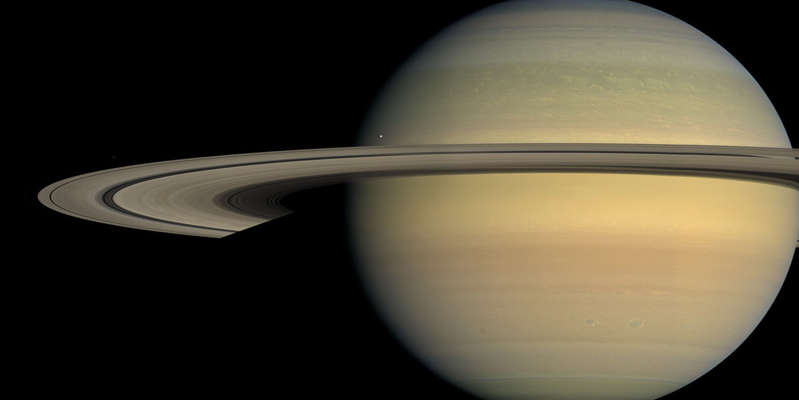
Tectonic fault spotted on Saturn's moon
On the largest moon of Saturn, Titan, a rift similar to the Earth's San Andreas fault was noticed. Scientists have concluded that it is a sign of ongoing tectonic activity, Icarus reports.
Planetologists from the University of Hawaii concluded that cracks on Titan may appear due to diurnal tidal stresses – deformations caused by the gravitational interaction of the planet and the satellite.
It is known that the surface of Titan is covered with a thick layer of ice. But there is also liquid on its surface – however, this is not water, as on Earth, but hydrocarbons such as methane and ethane.
Scientists have built computer models to illustrate the physical processes on Titan. The calculations included tidal stress, the direction of potential faults, the properties of the earth's crust, and the stress required to break or crack the surface ice.
The results showed that tidal stress and fluid pressure contribute to fracture and shear in shallow faults. The effect is most pronounced in cracks located near the equator. This “mechanism” can facilitate the rise of liquid from the deep ocean of Titan to the surface.
Note that Titan is considered by scientists as a possible place for the origin of life. A warm ocean is hidden under the ice shell, heated by the warmth of the bowels. Conditions in it may be similar to those that reigned in ancient times in the earth's oceans. Scientists do not exclude that they are suitable for the development of microorganisms.
NASA plans to launch a remote sensing mission for Titan in 2027. Earlier it became known that organic matter is present on the satellite.

